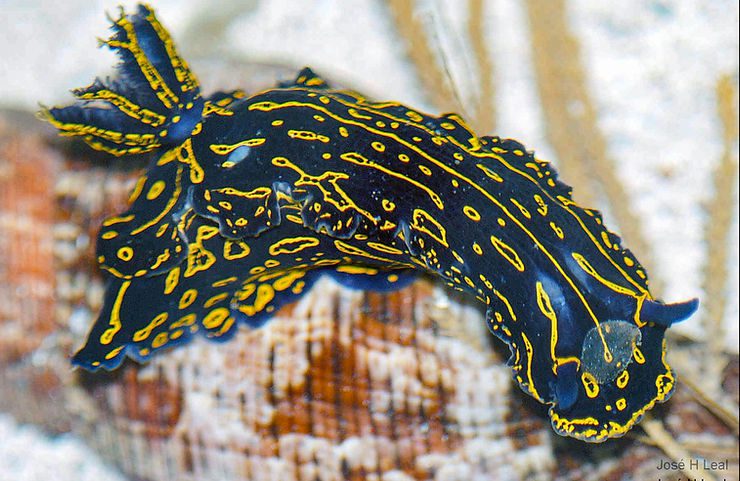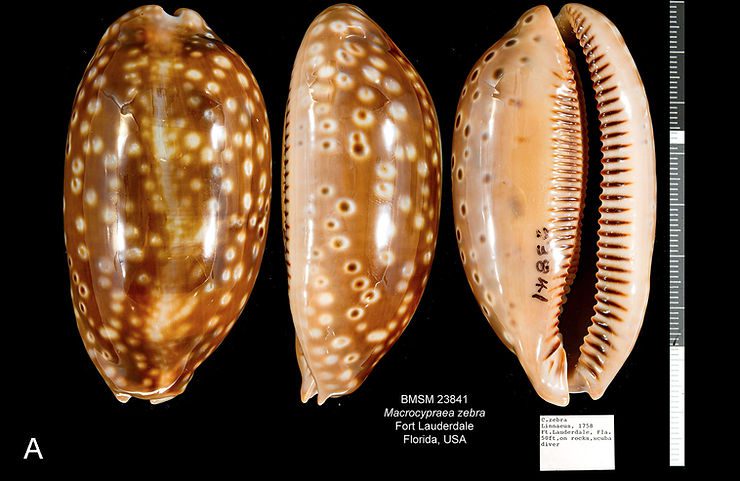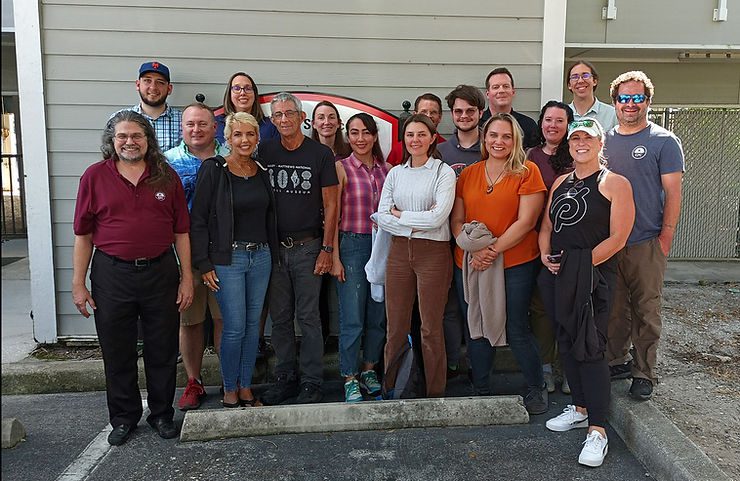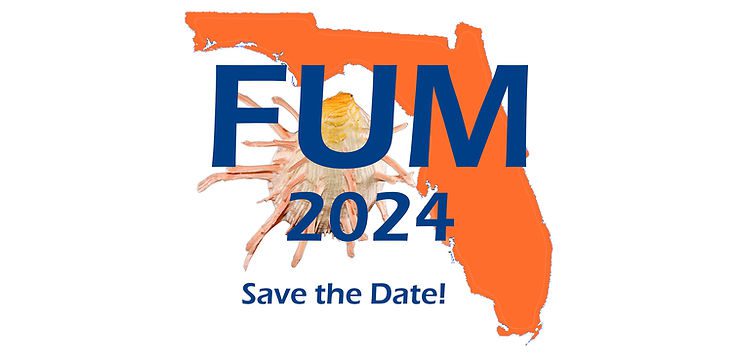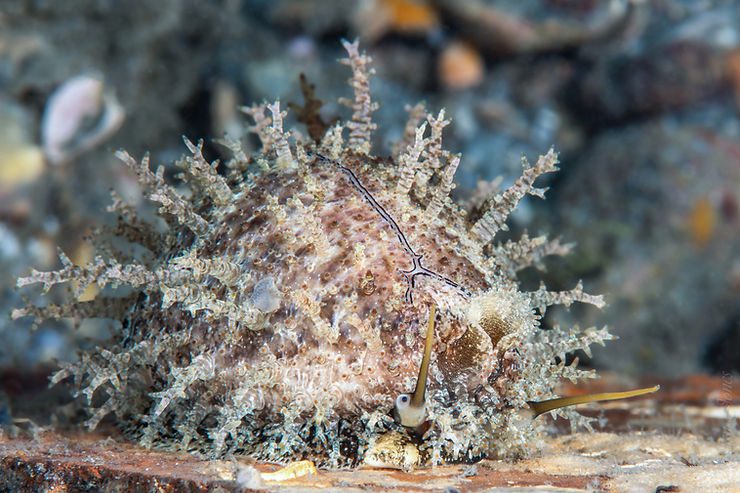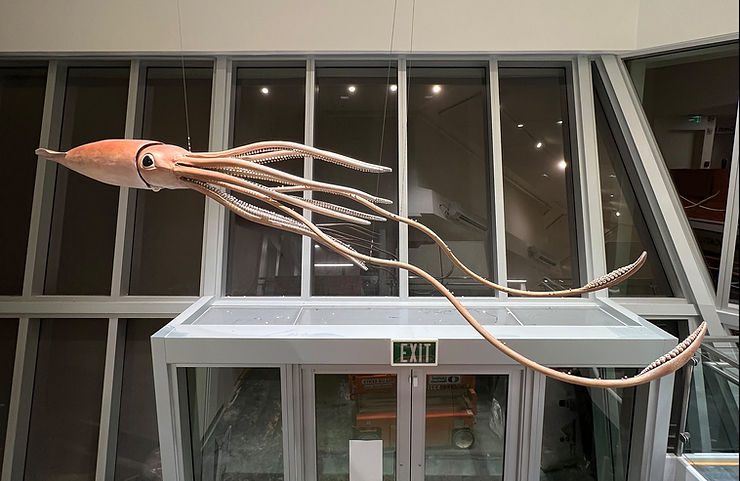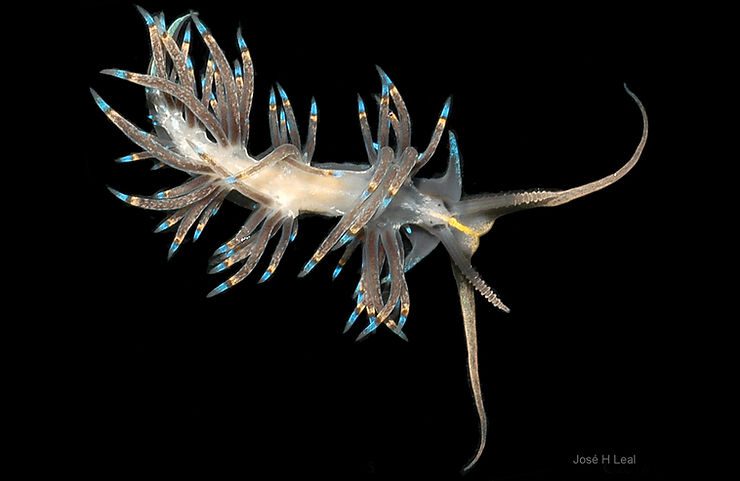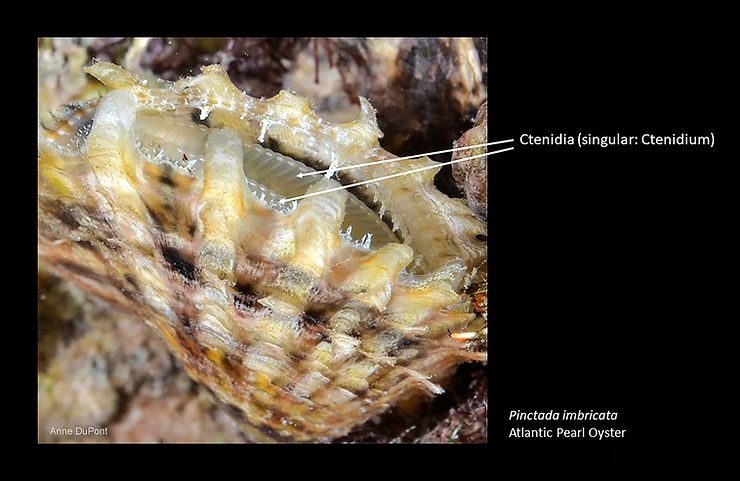
The Gills of Bivalves
Did you know that the gills of mollusks are called ctenidia? Ctenidia (singular ctenidium) consist of filaments arranged in comb- or feather-like structures. In aquatic mollusks, the ctenidia are the main respiratory organs, absorbing oxygen dissolved in the water for the metabolic functions of those animals.The vast majority of bivalves are filter-feeding species: they strain the water to capture their food, usually microalgae or other types of microorganisms. In an interesting twist of evoluti
